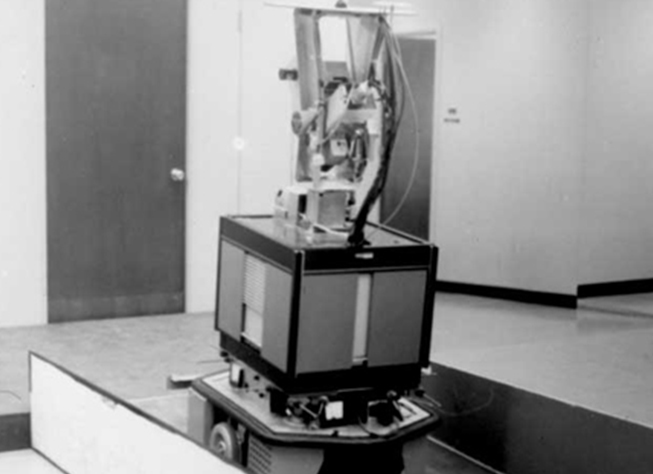Charles Rosen, head of the Machine Learning Group at the Stanford Research Institute (now known as SRI International) developed a proposal in 1964 to build a robot that at the time would have featured the intelligence and capabilities that had only been depicted in science fiction books and movies.
Even then, Rosen knew that ARPA might appreciate the potential and provide support, which the Agency did in 1966. Six years later, Rosen’s team literally rolled out Shakey, so-named because it shook as it moved.
More importantly, Shakey was the first mobile robot with enough artificial intelligence to navigate on its own through a set of rooms. Among its component technologies were a TV camera, a range finder, radio communications, and a set of drive wheels controlled with stepping motors.
